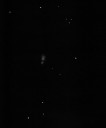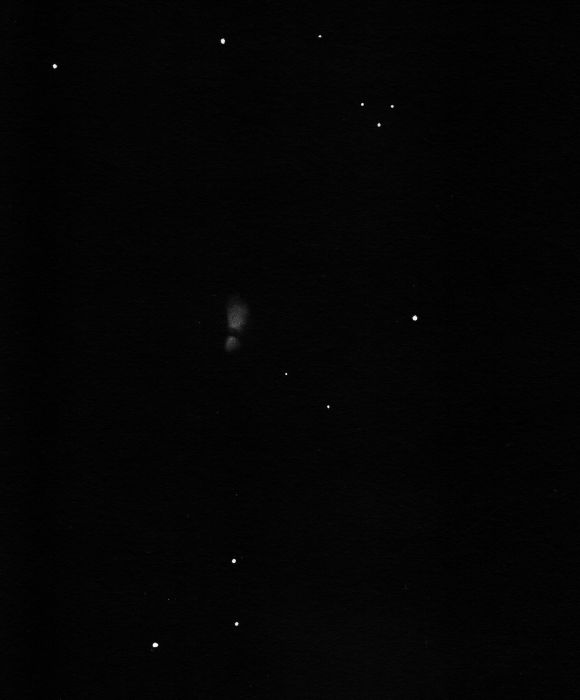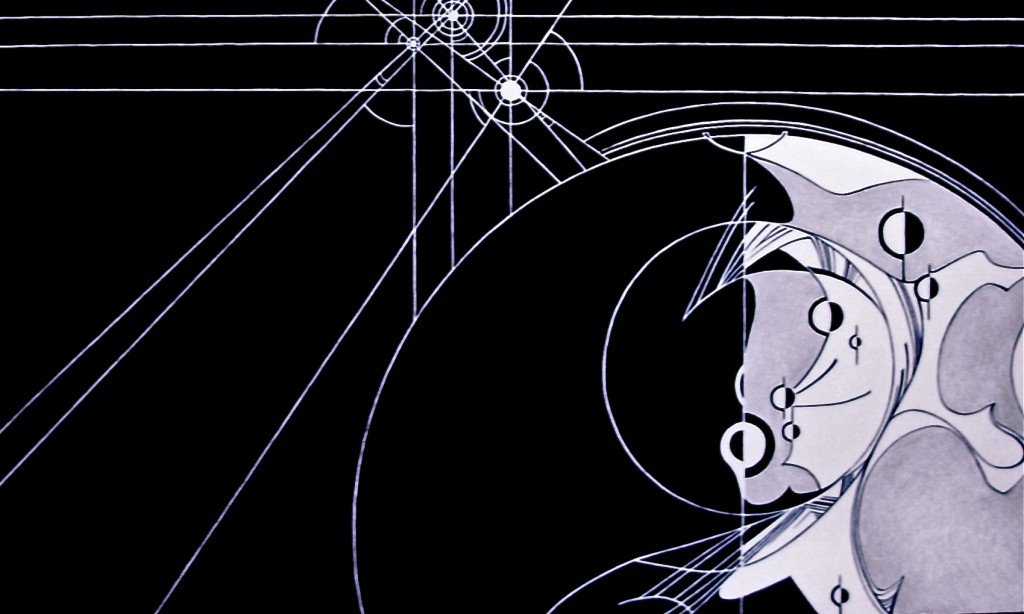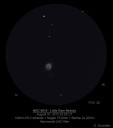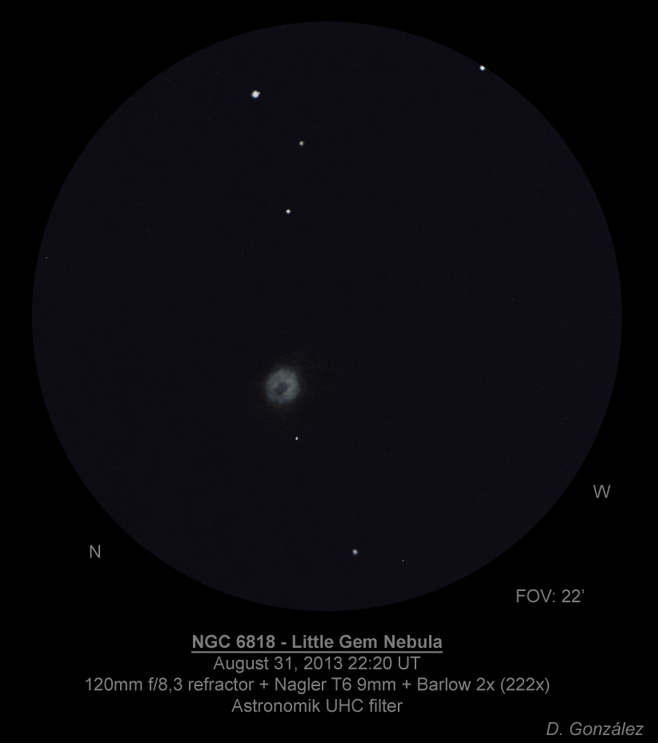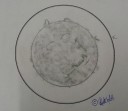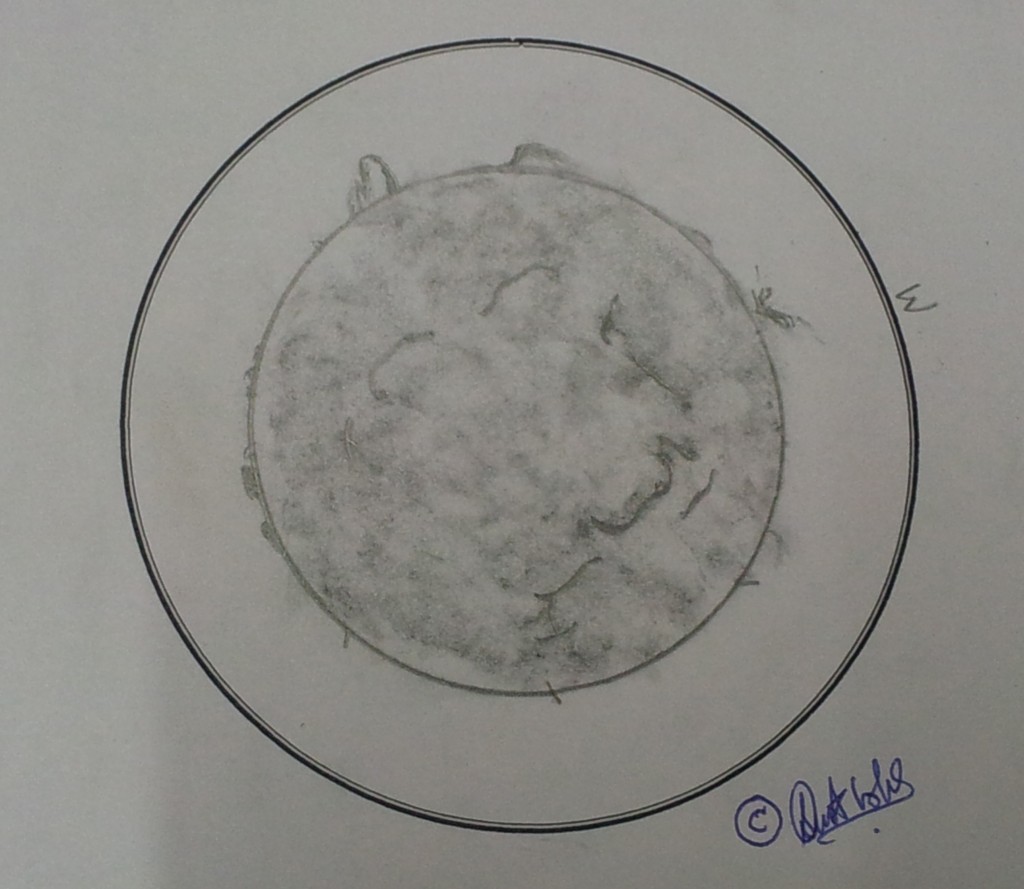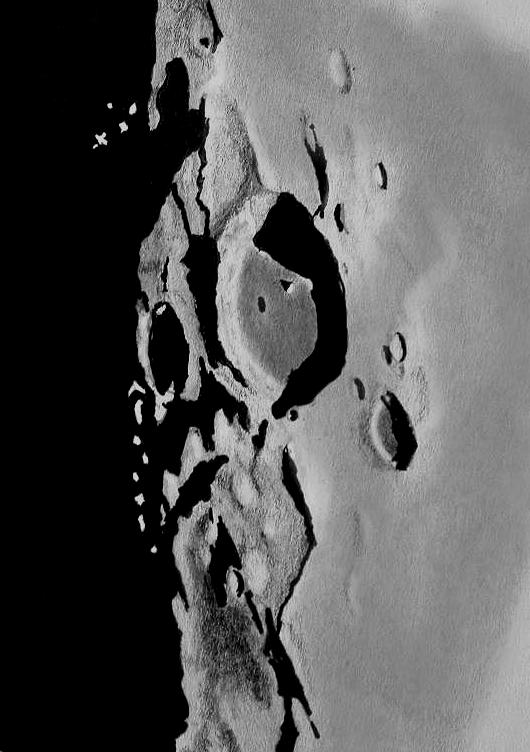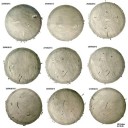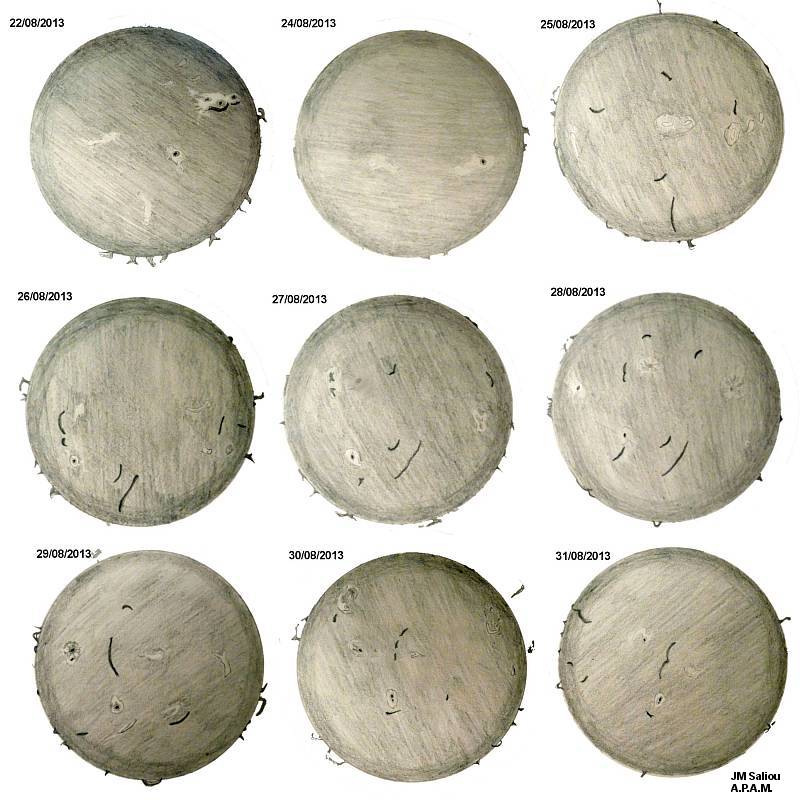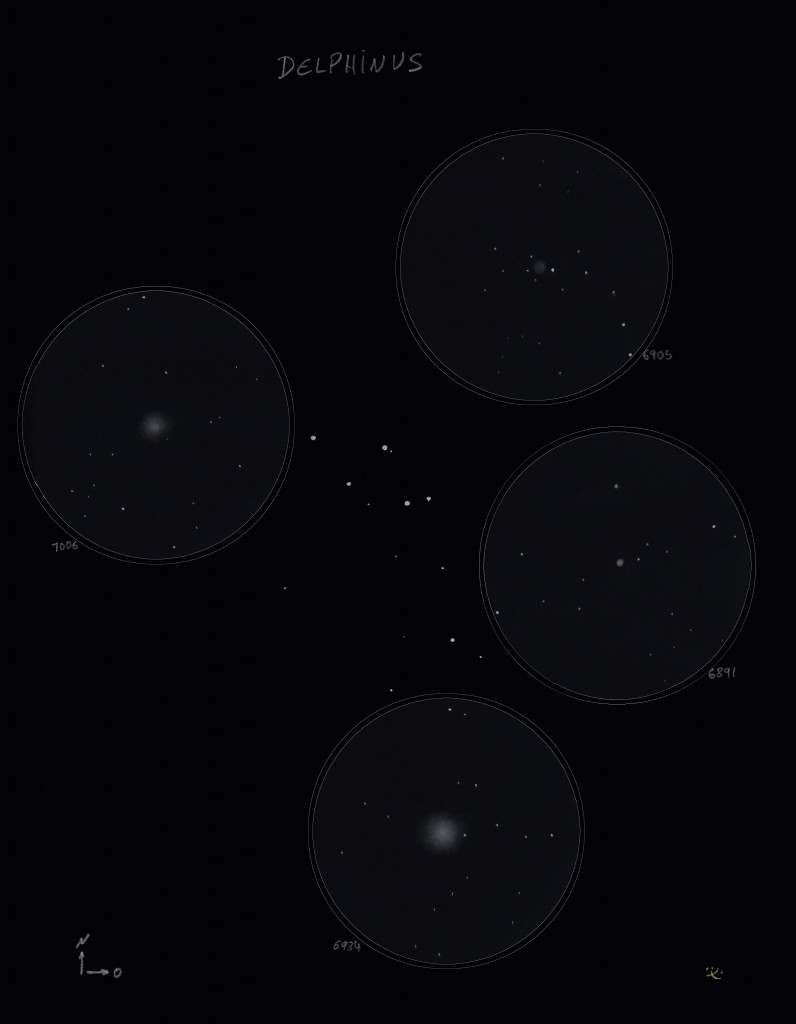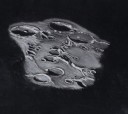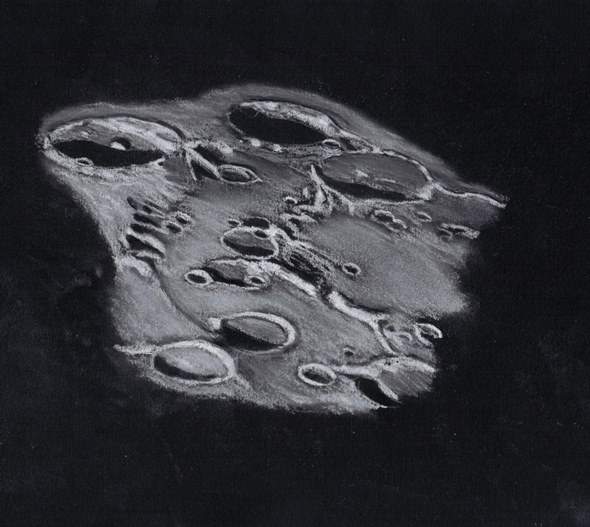
I grabbed just one observation last night [sketch from April 30], I considered comet PanSTARRS as inspired by Andrew Robertson’s dramatic observational drawing from the previous night showing fan like anti tail!
But with it still out of pointing range of the main observatories scopes I found myself again working from the Arp atlas. I picked one out that was well placed in Virgo up against the Leo border, Arp 161 aka UGC6665 turned out to be a real challenge! It was not only the location that caught my eye, but the ‘emanating jet’ nature of this galaxy that excited me, yes another one after Arp 138 from the previous evening!
I got the galaxy easily with my usual star hoping to negate the goto inaccuracies. Initially the jet & plume were pretty obvious, but as frames refreshed and I tweaked the camera control box, for gain, exposure etc both jet and the even more elusive plume disappeared, monitor setting for brightness and contrast were also adjusted, these in combination with the video camera controls as you can imagine have an infinite combo of setting potentials. With practice over what must be 7-8 years now I have a pretty good knack of getting the best image before ‘marking the paper’.
However you can’t adjust out bad seeing, the analogue video camera has eyepiece realism with faint objects and stars coming and going at every ‘refresh’.
The jet and extended plume that I had almost nonchalantly expected to see and sketch leisurely were proving much tougher than I had anticipated. At the time of writing I have no idea of their comparative brightness. The conclusion was that I sat there for nearly an hour before I made my rendition on paper, for something that will look so simple to you, it was very difficult to capture, or rather to try to capture as it appeared. Features such as the couple of very faint stars close into the extended halo of the galaxy appearing only fleetingly and on most apparitions looked rather like a jet themselves, tricky.
Arp 161 complete with Jet & Plume
Anyhow here you have my sketch of what is when you consider it a mind blowing object seeding out into the vast universe. The excellent book ‘The Arp Atlas of peculiar galaxies, Kanipe & Webb’ states it has been seen, the jet and plume that is with a 20″ under what I can only assume are pristine sky conditions, another observation with a 25″ just describes the galaxy with no extensional activity, a challenge for my pals off to Tenerife to explore the deep heavens with Rod’s 25” on mount Teide perhaps?

